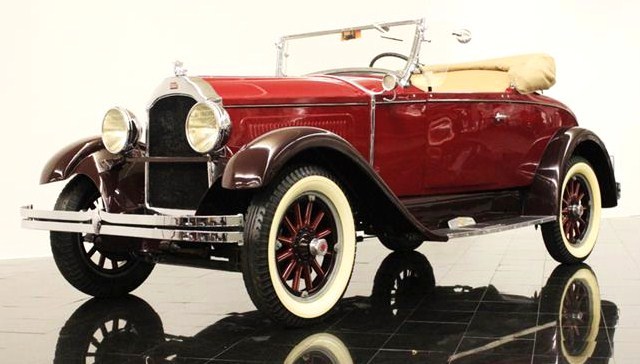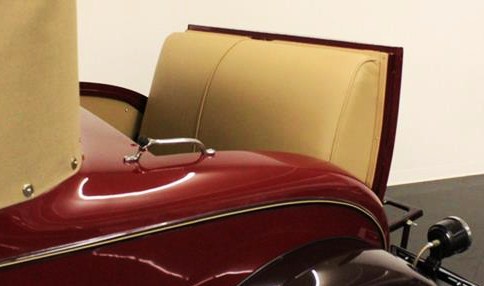
When people hear Willys, they think Jeep. Starting with the World War II workhorse through the unique civilian models of the 1950s, Jeep put Willys on the map for postwar generations.
But for those with an eye for the classics, Willys is remembered for its lineup of elegant, moderately priced automobiles dating back to the early part of the 20th Century. Founded in 1908, the Willys-Overland company was actually the second-largest producer of automobiles from 1912-1918, behind Ford. Who knew?

Today’s Pick of the Week is an impressive 1929 Willys-Knight Model 56 rumble-seat roadster, a rare piece of motoring history. The rakish roadster has been fully restored to original, the seller states in the ClassicCars.com advertisement, including the 6-cylinder sleeve-valve engine, a technology purchased from Knight by Willys-Overland in 1913.
Sleeve-valve engines, which used sliding inner sleeves in the cylinders for intake and exhaust rather than more-common poppet valves, were known for their smooth performance. The St. Louis, Missouri, classic-car dealer says the roadster has “an engine that operates so quietly, you’ll question if it’s still running.”
The Willys-Knight has been driven fewer than 1,000 miles since its frame-up restoration in 2008, the seller says, and is loaded with period extras.

“This car is equipped with a host of options that include: cowl lights, etched wind wings and driver side-view clip-on mirror, Knight hood ornament, passenger side-mount spare, Willys-Knight step plates, rumble-seat steps, luggage rack, windshield wiper, carpeted floor mat, door pockets, pop-out windshield and more,” the seller says in the ad. “The car rides on painted multi-piece wood wheels with Firestone 5.00-18 gum-dipped whitewall tires.”
The asking price seems reasonable at $39,900, and the seller notes that the “rumble-seat roadster is a very stylish and more-refined alternative to a (Ford) Model A that presents a value among late-1920s automobile choices.”
By the way, the pronunciation of Willys is debatable. Some folks go for “willies” while others prefer “willis.” From what I’ve read, the founder of the company, John Willys, pronounced his name in the latter form, “willis,” so that is probably correct. Still, if you want to call your vintage Jeep a “willies,” nobody is likely to mind.






what a neat little roadster. beautiful.
I think the use of “Willis” is correct only when asking Todd Bridges a question. I could be wrong though.
Wow, I really enjoyed this. I have some old car parts and was curious what car my Willie’s knight winter front went to.I wonder if it went on this year?